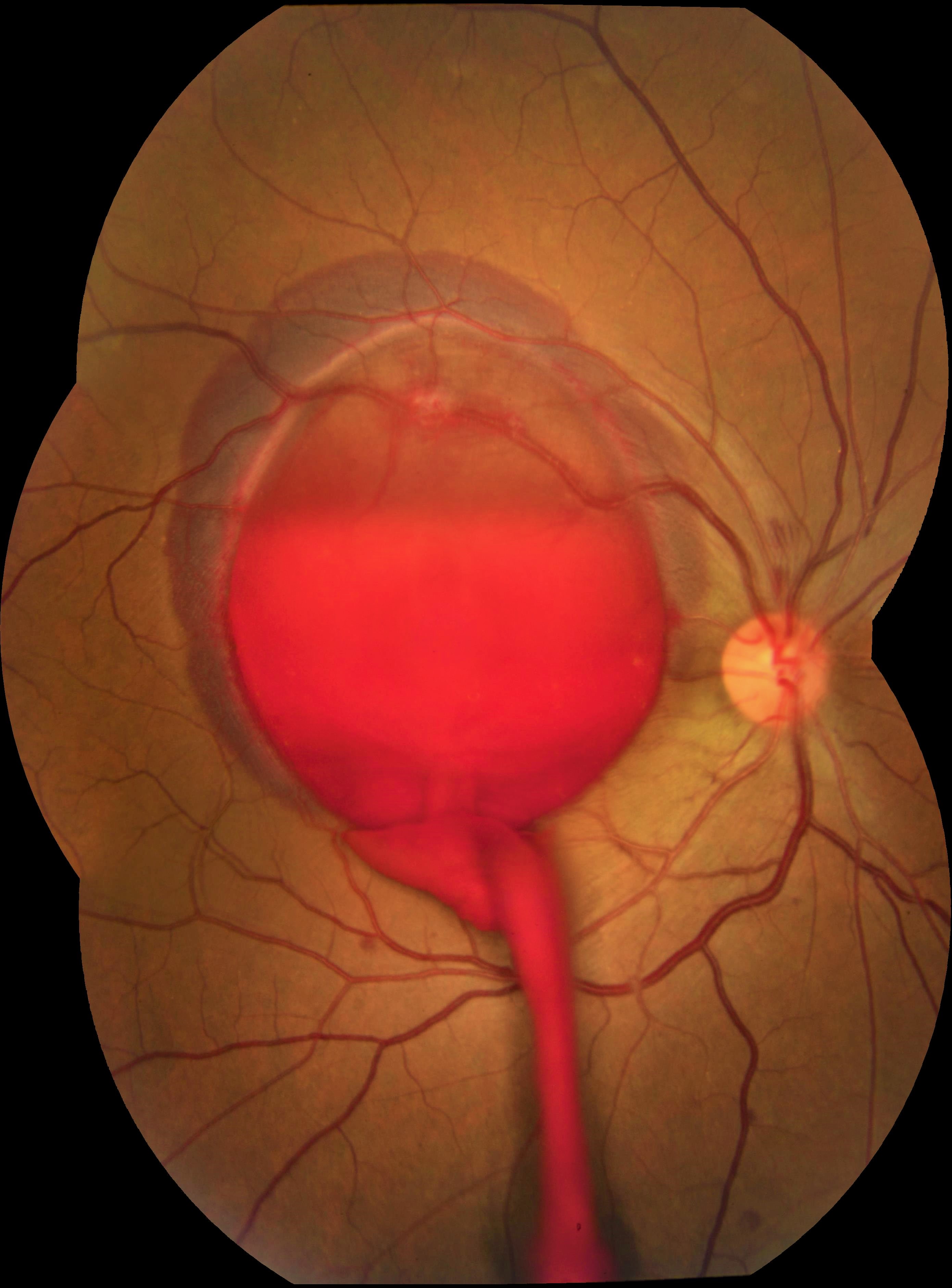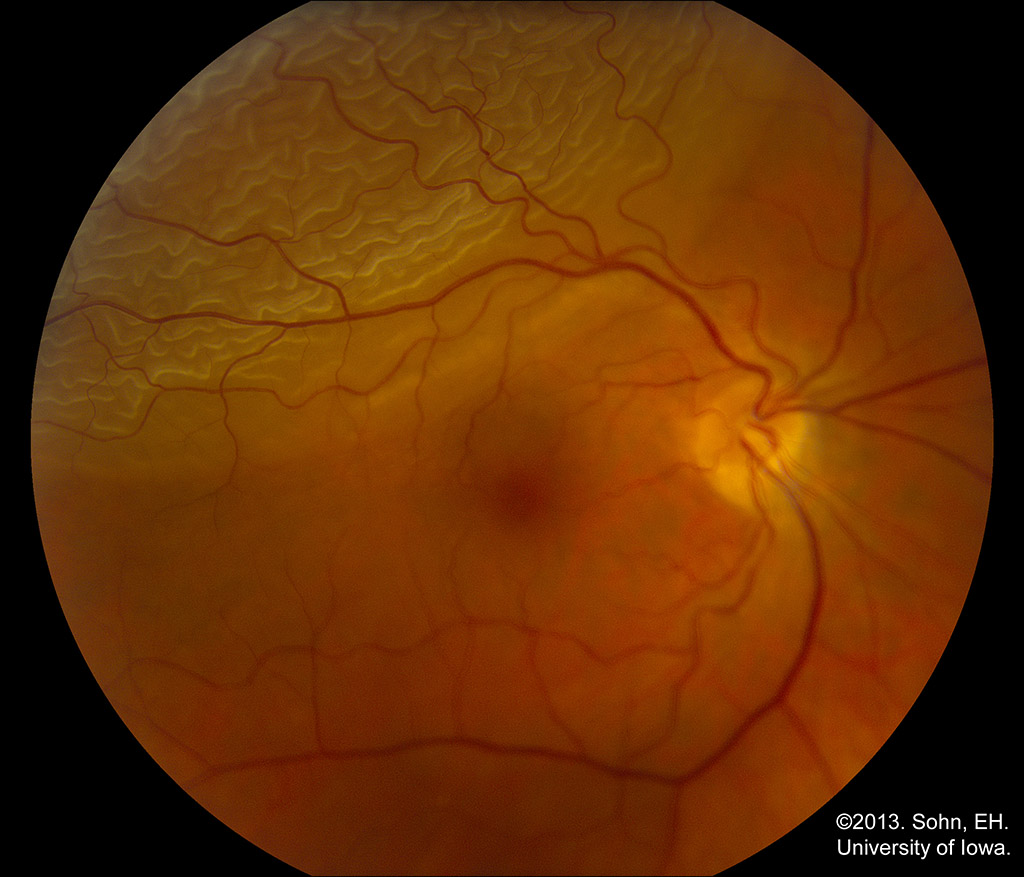
Below are three of the simplest methods to contain your retina background images. ĬSS images will usually require some work, all CSS images must have a suitable background-size property to work correctly.

HTML images are the easiest to get setup, chances are they will work without any change.Īll you have to worry about, is that an image with a high-res counterpart must have a width or height (or both) attribute specified. Retinal Detachment vector illustration diagram, anatomical. To enable the retina support go to Themes Panel > Block. Photo Madical Retina Abnormal isolated on black background.Retina of diabetes diabates retinopathy. In the section of each page before any CSS put the following: (function(w)įor every image that you would like to have served at high-res, create an image at twice the size and save it with at the end of the filename (before the file extension). This was developed based on the WordPress native responsive image support. A good retinal photo is clear, and free of lids or lash obstruction. Warning! Do not overwrite a this file if it already exists, simply copy the contents into your existing one. The retinal photo also called the ‘fundus’ photo, Latin for ‘chamber’ is then read by the optometrist. htaccess file into your document-root (usually public_html). Installing Retina Images is really quite simple:ĭrop the retinaimages.php and. Otherwise, the high-res image is sent in its place. If any of the above are false, it will send the regular image. The value set in the cookie is greater than 1. Retinaimages.php then checks for the following conditions:Ī cookie holding devicePixelRatio exists. htaccess file tells retinaimages.php to serve the image instead. When an image is requested by the server, the.

In lines 1115, we load the image, preprocess it, resize it and then expand its dimensions before passing it to the model.
#RETINA IMAGE CODE#
When the page loads on the viewers device, a cookie holding the devicePixelRatio is set by either JavaScript or CSS (if JS is disabled). Lines 69 in the code above extract the image file name from the image path and then construct and open an output text file path where the predictions for that image will be saved.


 0 kommentar(er)
0 kommentar(er)
